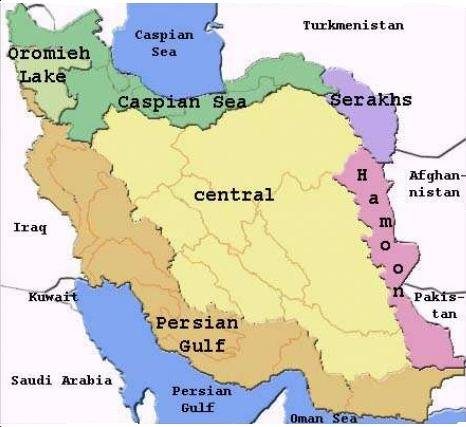February 26, 2021

Rainfall in Iran’s six catchment areas has plunged 40 percent since the beginning of the current water year in September, as Iran appears to have returned to its normal dry status after heavy downpours last year.
The Iran Water Resource Management Company said 157 millimeters of rain (155 billion cubic meters) fell on Iran in the 147 days after September 1, down 40 percent compared to the same period last year, the Energy Ministry news portal reported.
Iran is divided into six primary and 31 secondary catchment areas. The largest basin by far takes in most of the interior of the country and drains into wetlands, with none of that rainfall reaching any sea. Another drains into Lake Urumiyeh. Two others drain into the Caspian Sea and the Persian Gulf/Gulf of Oman. The last two are the western ends of basins based primary in Afghanistan and Turkmenistan.
As usual, the Caspian Sea basin in the north logged the highest precipitation at 178 mm but still was 18 percent lower than the year before when 217 mm of rain fell there.
Although the Persian Gulf and Gulf of Oman basin received 269 mm of rainfall in the period (147 days) in 2020, it declined to 158 mm in 2021, down 41 percent.
The Sarakhs basin in the northeast had 52 mm of rain down 48 percent compared to the previous year.
Likewise, close to 52 mm of rainfall was registered in the Central Basin, less than 49 percent of what fell the previous year.
The least amount of rain (15 mm) fell in the Hamoun Wetlands in the east, down 82 percent compared to 2020.
The Urumiyeh Lake basin in the northwest was the sole basin to receive more rain than last year. With 138 mm, it was 16 percent higher in the 147 days compared to 2020 when 119 mm of rainfall was recorded. That was a boost to efforts to revive the lake.